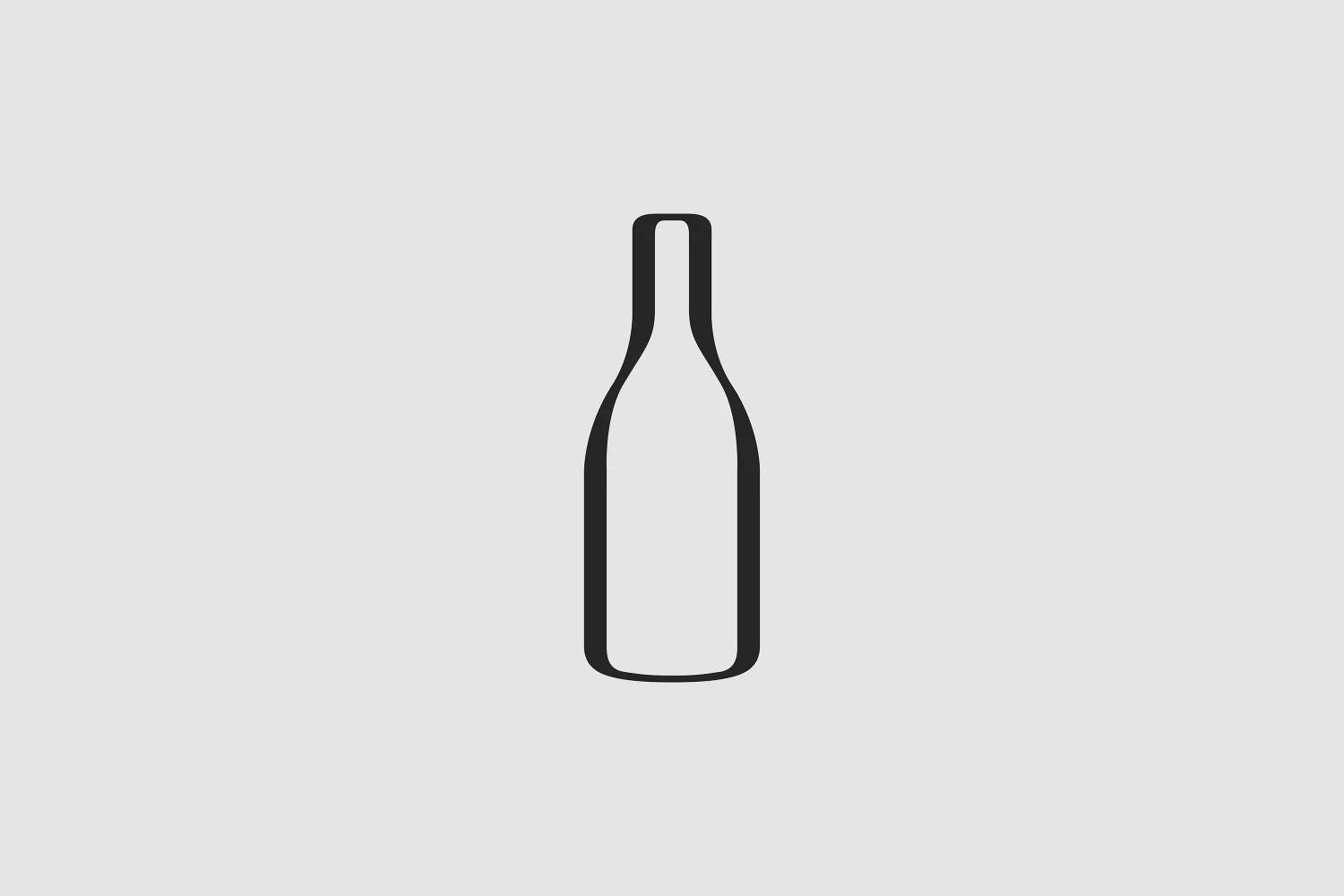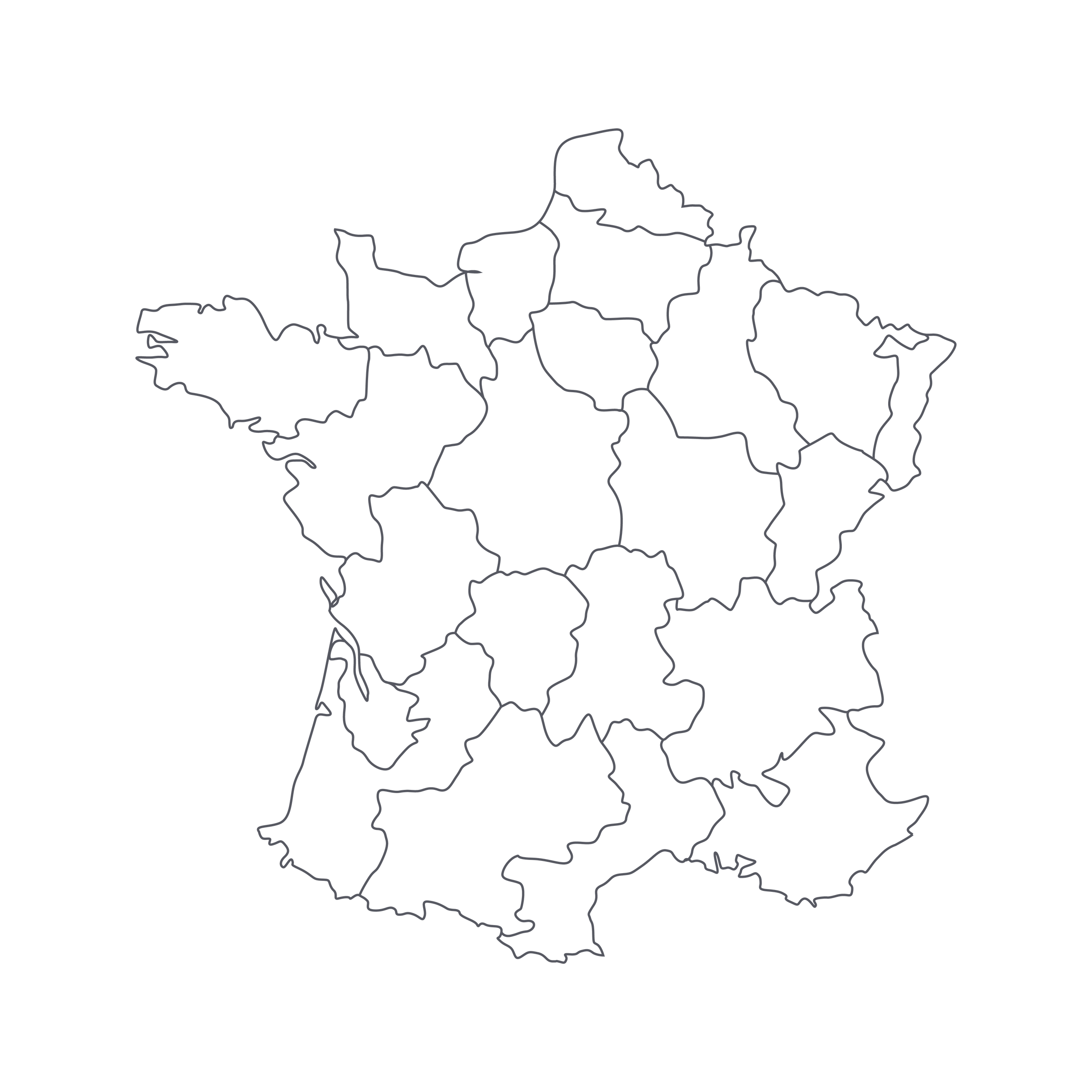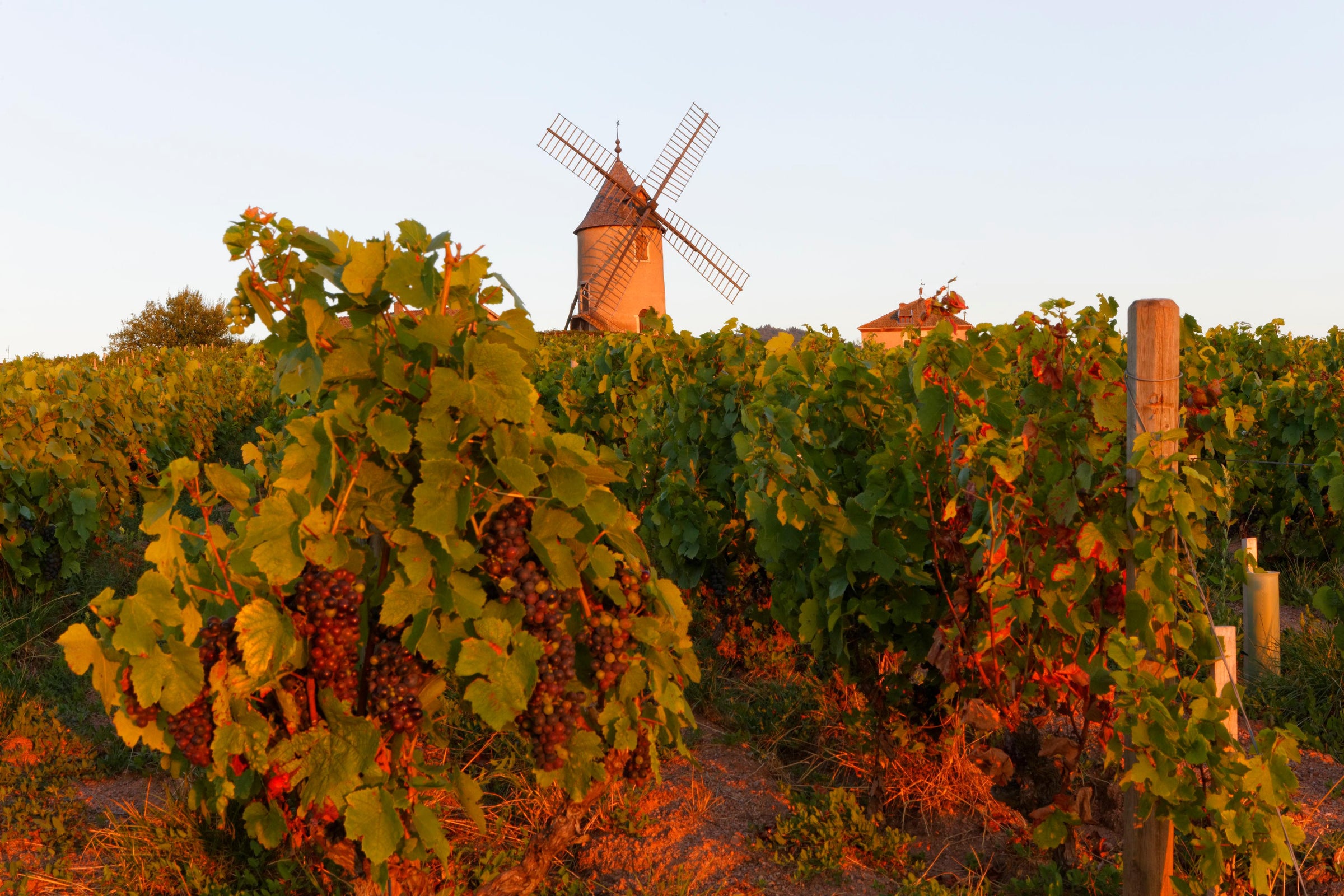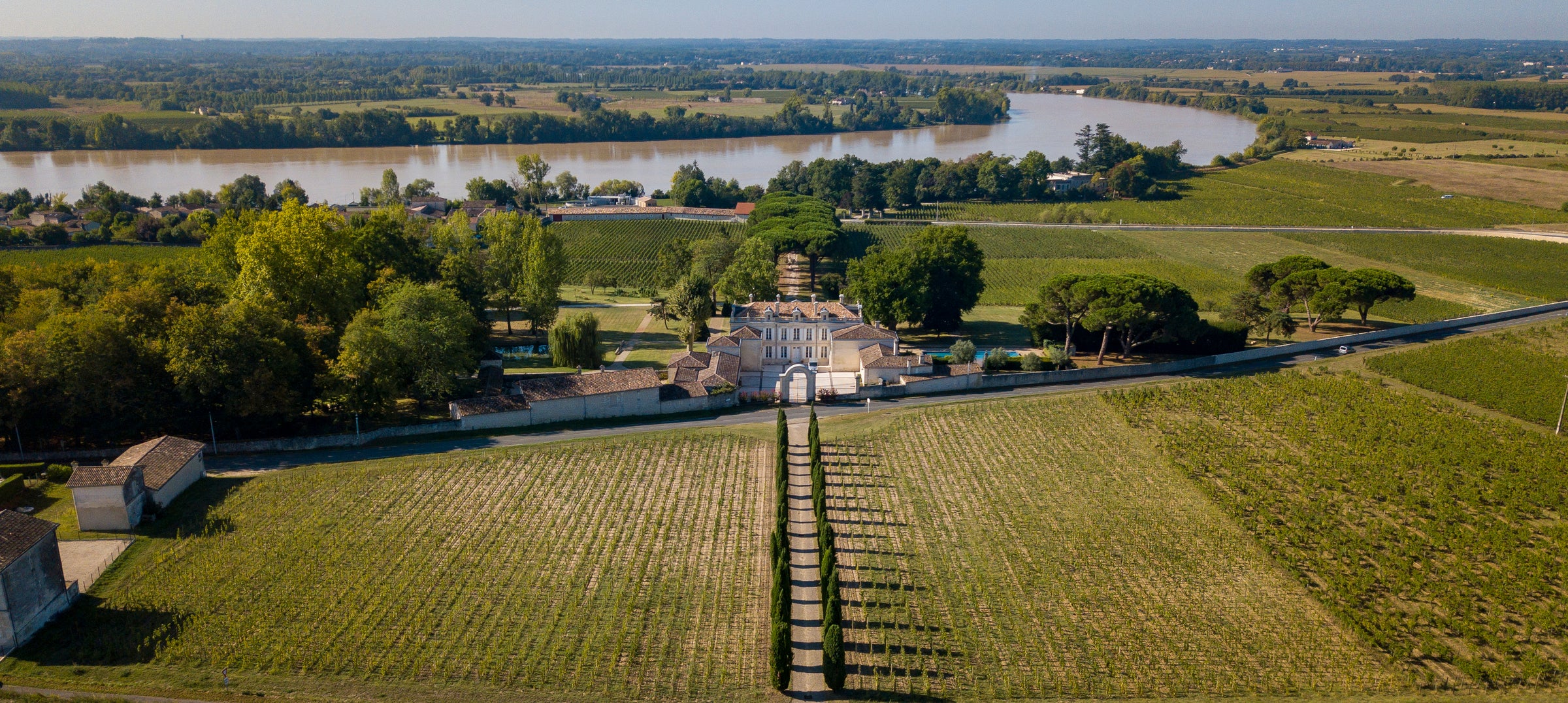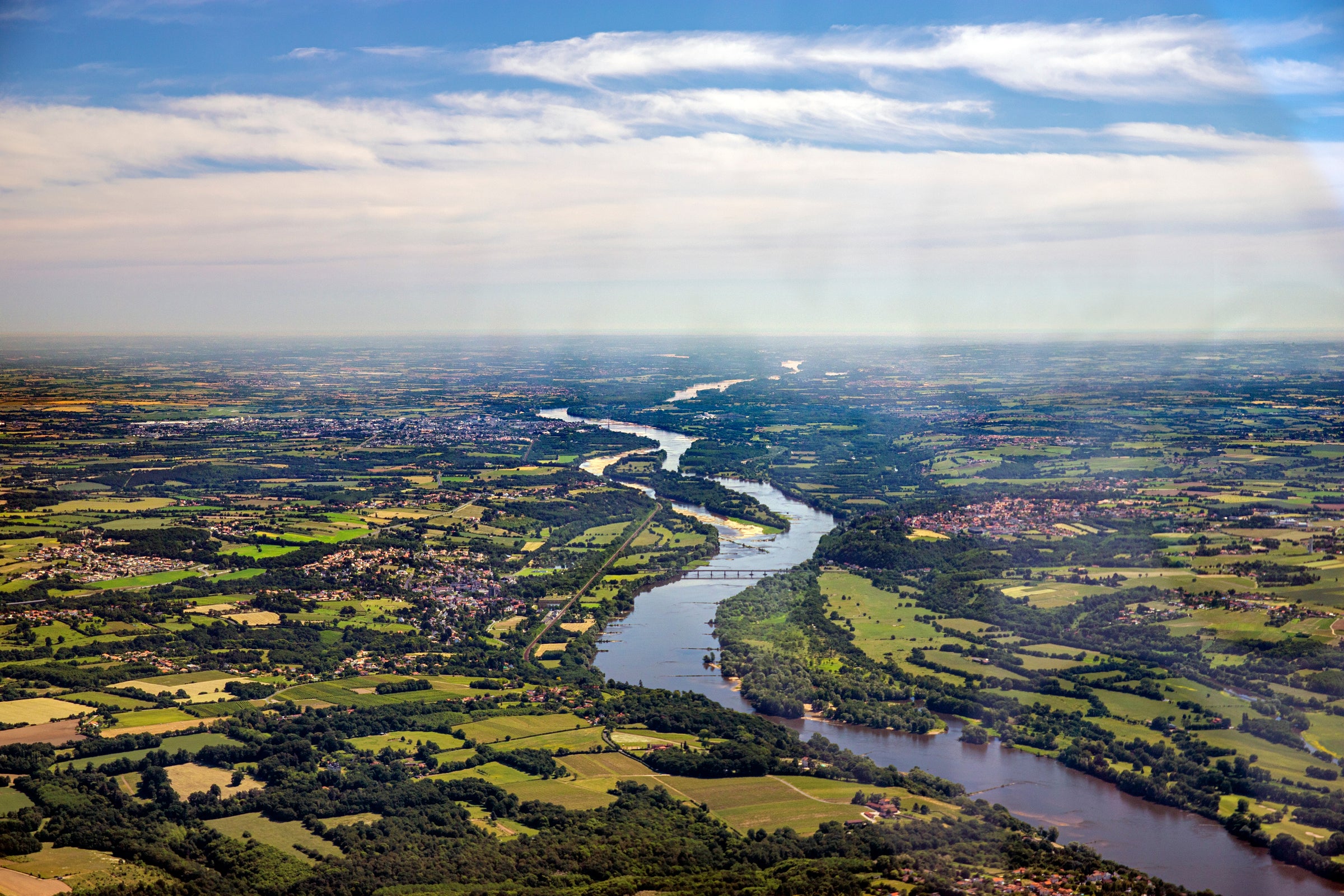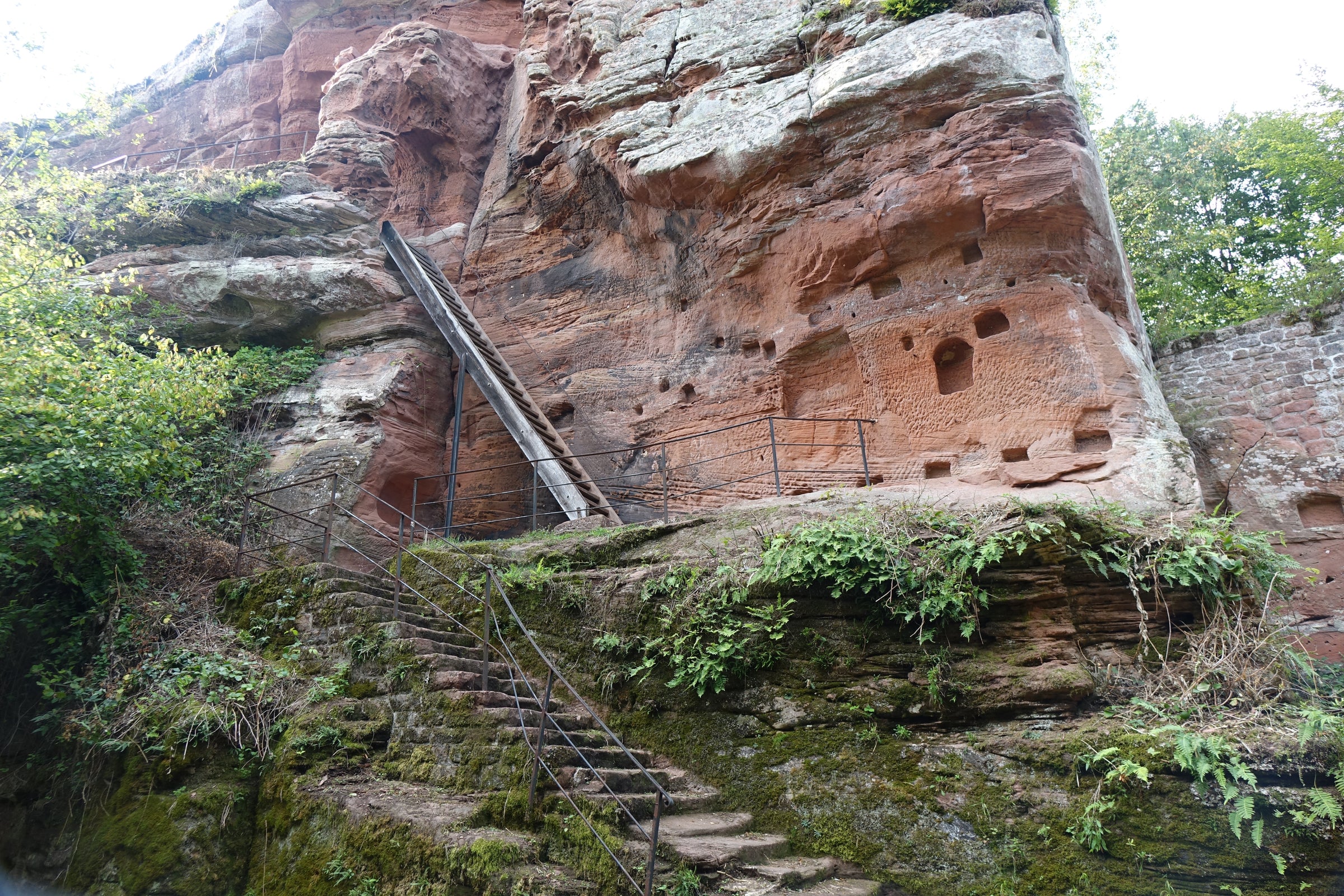Today’s dazzling white Burgundy transcends its appellation and price point despite sharing the exact same terroir with cult superstars Comte Lafon ($300+), Arnaud Ente ($1,000+), and Domaine d'Auvenay ($2,000+). Are we in the Grand Cru Montrachet? The critical acclaim, exorbitant pricing, and all-star cast would seem to say so, but in fact, we’re a bit north in Meursault’s prized Goutte d’Or—a jewel of a Premier Cru vineyard at 5.3 hectares in size.
In other words, it’s no fluke that these ultra-rare producers are charging this much. And still, Domaine Bernard Millot creates liquified gold for a fraction of the abovementioned cult labels. Don’t know this estate? Like me, you’re long overdue: The Millot family has been farming vines in Meursault for more than 300 years without pause and when you combine that incomparable expertise with traditionalist winemaking, the legendary vintage of 2015, and a few years of bottle age, a Premier Cru of utterly luxurious proportions emerges. Seriously, in terms of sheer opulence, power, and weight, it is shocking how much this wine reminds me of Montrachet (and I’ve had many) all only for $75. As such, this is a wine that’s specifically tailored for top white Burgundy aficionados. We can part with up to six bottles per person.
Since the dawn of the 18th century, the Millot family has avidly farmed small slices of vines in the epicenter of Côte de Beaune. Today, they own a total of eight hectares in the villages of Meursault, Puligny Montrachet, and Beaune. Currently run by namesake Bernard and his son, Emilien, this father-son duo works tirelessly to farm sustainably, harvest by hand, and raise their wine traditionally in the family’s subterranean cellar. In short, their back-breaking work emulates that of their ancestors.
Their 40-year-old vines in Meursault 1er Cru “Goutte d’Or” lie in the heart of the vineyard and are buried in rich clay and fragmented limestone. The Millots are constantly in the vineyard throughout the season and come harvest, 20 people are temporarily hired in order to suit their manual-intensive needs. In the winery, the grapes are gently pressed over a four-hour period and allowed to settle for one day. Following, the juice is transferred via gravity into once-used French barrels where an alcoholic fermentation through ambient yeasts occurs. Malolactic fermentation is also allowed to occur naturally. After one year in these barrels, along with a consistent lees stirring regimen (bâtonnage), the wine is transferred into stainless steel tanks for six additional months.
The brilliant richness brought on by the sun-drenched 2015 vintage put a slew of critics in a sybaritic stupor, and while they are extremely enjoyable, I’ve always been about finding balance. With that said, Millot’s “Goutte d’Or” delivers incredibly opulence and mouthwatering precision, making it among the finest 2015 Meursault bottlings I’ve tasted to date thanks in large part to judicious new oak use followed by a long rest in stainless steel to “tighten” the wine up.
After a 30-minute decant and pouring into Burgundy stems around 50 degrees, it erupted—probably registered a number on the VEI—with gorgeously lush aromatics of quince, grilled pineapple, and ripe yellow apples. After a few swirls, fresh herbs, wet rocks, honey, perfumed white flowers, and crushed nuts followed, making this wine almost impossible to put down. The palate is resoundingly luxurious and nearly full-bodied, but constantly kept in check by lifted acidity and finely crushed minerality. Again, it’s no Montrachet, but I have no problem closing my eyes and imagining it’s something of the sort. While this can age for several more years, it’s firing on all cylinders as we speak, so purchase what you can and enjoy this hedonistic Premier Cru experience—you’re one of the few in America that actually can. Cheers!
